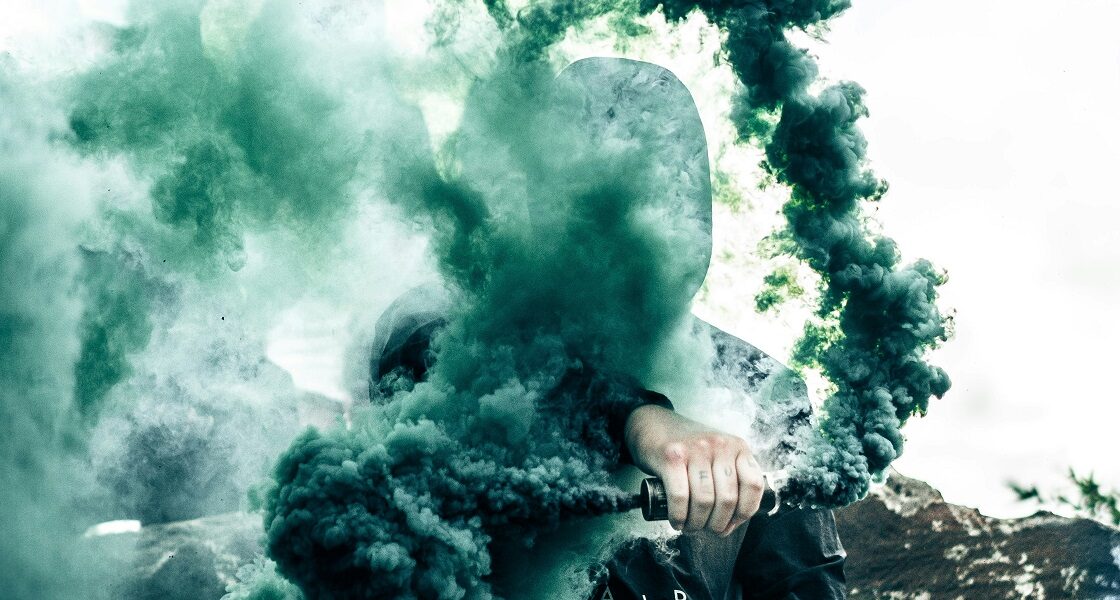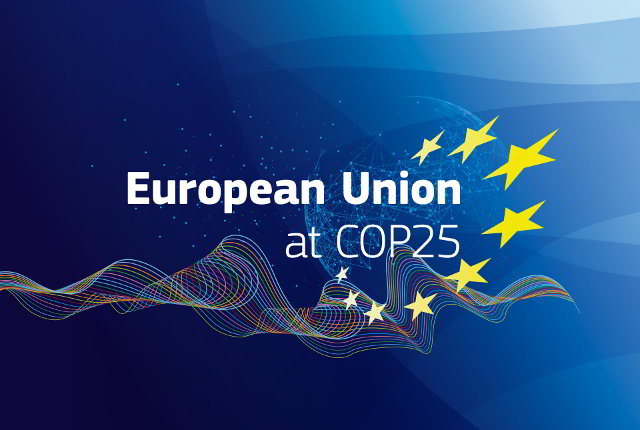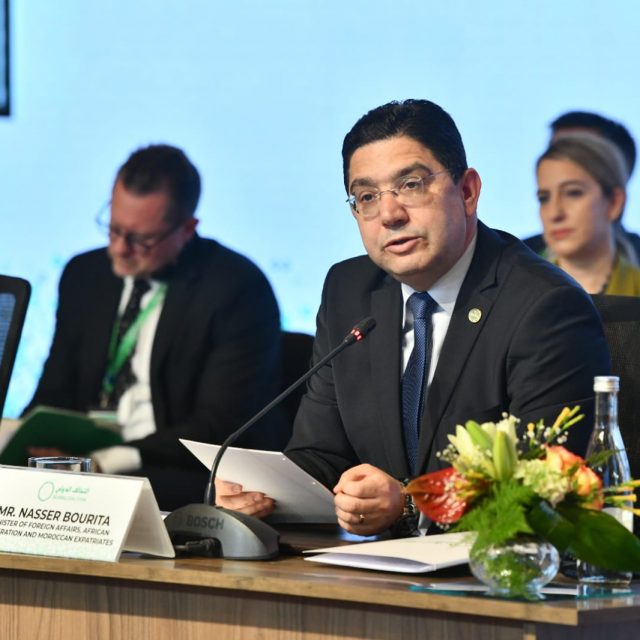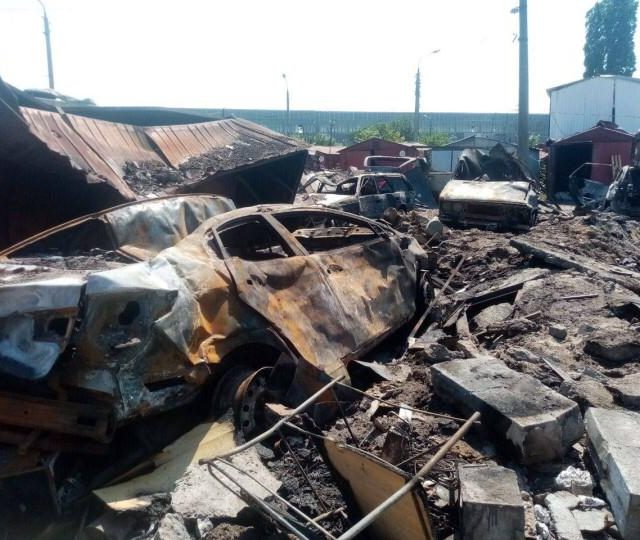Photo by Warren on Unsplash
As the war in Ukraine grinds on into its third year, the battlefield is no longer defined by two nations alone. What was once seen as Russia’s unilateral aggression has now evolved into a coordinated campaign, supported by a network of authoritarian regimes. This is no longer just Ukraine’s war – it is a war against the security of Europe and the international order.
Behind the Kremlin stand familiar faces: Belarus, Iran, and North Korea – regimes long known for their disregard of democratic norms. Now, the pattern is clear. Russia is receiving not just rhetorical support, but tangible military assistance that sustains its capacity to prolong the war.
North Korea has emerged as the most prolific supplier of arms to Moscow. Recent intelligence estimates that Pyongyang is now responsible for over 50% of Russia’s artillery supply, shipping between 200,000 and 260,000 shells per month, mostly 152mm and 122mm rounds. The regime has also delivered heavy weapons, including at least 120 M1989 Koksan self-propelled guns and 120 M-1991 multiple launch rocket systems.
However, this is not just about hardware. North Korea is exporting personnel. Thousands of North Korean troops have already been deployed to Ukraine in support roles and combat missions. Over 5,000 have been killed or wounded – one entire brigade was wiped out. Still, more troops arrive, equipped with increasingly sophisticated weaponry, trained in modern warfare tactics, and fully integrated into Russian command structures.
Iran, meanwhile, has transitioned from arms supplier to arms producer. The once-routine shipments of Iranian-made Shahed drones have evolved into full-scale co-production in Russia’s Tatarstan region. These drones are used daily in attacks on Ukrainian infrastructure, civilian housing, and energy systems.
Captured foreign fighters further highlight this growing coalition. Two Chinese nationals were recently detained fighting for the Russian occupation army. Ukrainian intelligence has documented over 150 Chinese citizens participating in the war, with strong indicators that the actual number is far higher.
This growing transnational axis is not only propping up Putin’s war. It is setting the stage for a broader confrontation between authoritarian states and liberal democracies. The Russian-Iranian-North Korean nexus is deepening cooperation not just militarily, but technologically, developing weapons systems, drone capabilities, and cyber tools that can be turned against Europe, the Indo-Pacific, or anywhere democratic resistance emerges.
The implications for European security are profound. The Indo-Pacific and European theatres are increasingly linked. If Russia’s campaign succeeds – if this alliance of autocrats sees Ukraine fall – it will validate a global strategy of aggression, coercion, and lawlessness.
Europe must learn from its history. Allowing autocratic regimes to act without consequences has never led to peace. It has only ever led to greater conflict. Diplomats will not pay the cost of waiting and seeing – civilians in Lviv, Warsaw, Riga, and beyond will pay it.
What must Europe do now?
- Publicly recognise Iran, North Korea, and Belarus as co-belligerents in Russia’s war.
- Impose secondary sanctions on any entity – private or state-owned – that provides direct or indirect support to the Russian war effort.
- Strengthen military and intelligence cooperation with Indo-Pacific allies, including Japan and South Korea, to counterbalance the growing East Eurasian axis.
- Communicate clearly and consistently to China that passive complicity will be treated as active support for aggression.
Europe can no longer afford strategic ambiguity.
The time for quiet diplomacy has passed. The war is no longer confined to Ukraine’s borders. Its consequences will define the next decade of European foreign and security policy. And history will judge whether Europe rose to meet the challenge – or looked away.




